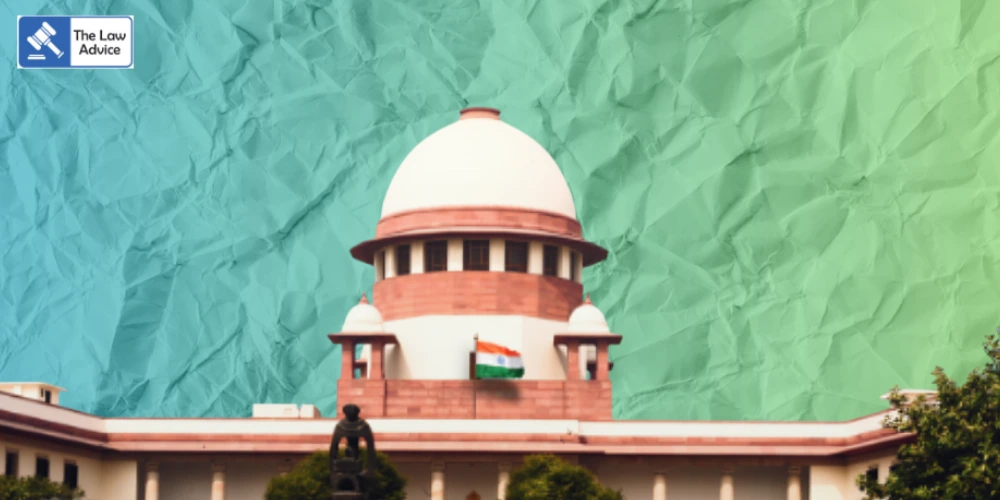In a significant ruling that provides long-awaited relief to Haryana-based landowners, the Supreme Court on Tuesday (September 16) held that “bachat land” — i.e., unutilized land left over after using land earmarked for common purposes during consolidation — must be redistributed amongst the proprietors in proportion to the land they had originally contributed.
A bench comprising Chief Justice BR Gavai and Justices PK Mishra and KV Viswanathan dismissed the State of Haryana’s appeal and upheld the Punjab & Haryana High Court’s decision. The Court categorically stated that unless such land is specifically reserved for common purposes in the consolidation scheme and its possession is handed over to the Gram Panchayat, it continues to belong to the original proprietors.
The ruling leaned heavily on the Constitution Bench precedent in Bhagat Ram & Ors. v. State of Punjab & Ors. (1967) 2 SCR 165, which had established the same principle. Writing the judgment, CJI Gavai emphasized:
“The land which remains unutilized after utilizing the land for the common purposes so provided under the consolidation scheme vests with the proprietors and not with the Gram Panchayat. The unutilized land, i.e., the bachat land, must be redistributed amongst the proprietors according to the share in which they had contributed land for common purposes.”
The Court went further, holding that the Full Bench of the High Court had committed no error in ruling that land not earmarked for specific common purposes “does not vest in the Gram Panchayat or the State.”
Under the East Punjab Holdings (Consolidation and Prevention of Fragmentation) Act, 1948, villagers were required to contribute a portion of their holdings into a pool of land reserved for common purposes like roads, ponds, schools, or grazing pastures.
However, in 1992, the Haryana government amended the Punjab Village Common Lands (Regulation) Act, 1961, widening the definition of shamilat deh to include such contributed land. Shamilat deh refers to land collectively owned by the village community rather than by individuals.
This amendment was challenged by proprietors, who argued that it was essentially a backdoor attempt by the State to appropriate unutilized land (bachat land) without paying compensation.
The Supreme Court laid down two statutory requirements for Panchayats to lawfully hold such land:
1. The land must be expressly reserved for common purposes in the consolidation scheme.
2. The possession must be transferred to the Gram Panchayat.
Since neither of these conditions was satisfied in the present case, the Court concluded that the ownership of the disputed bachat land remained with the proprietors.
Importantly, the Court also invoked the doctrine of stare decisis, noting that more than 100 consistent judgments of the Punjab & Haryana High Court had upheld proprietors’ rights over bachat land, following the Bhagat Ram decision.
“The doctrine of stare decisis lays importance on stability and predictability in the legal system and mandates that a view consistently upheld by courts over a long period must be followed, unless it is manifestly erroneous, unjust, or mischievous,” the Court observed.
The bench highlighted that disturbing such a long-settled position would seriously undermine legal certainty and fairness, especially in matters of property rights.
Accordingly, the Supreme Court dismissed the State of Haryana’s appeal in The State of Haryana v. Jai Singh and Others.
Notably, in 2022, the Court had initially allowed the State’s appeal. However, that judgment was recalled in review, and the matter was re-heard, culminating in the present ruling in favour of the landowners.
